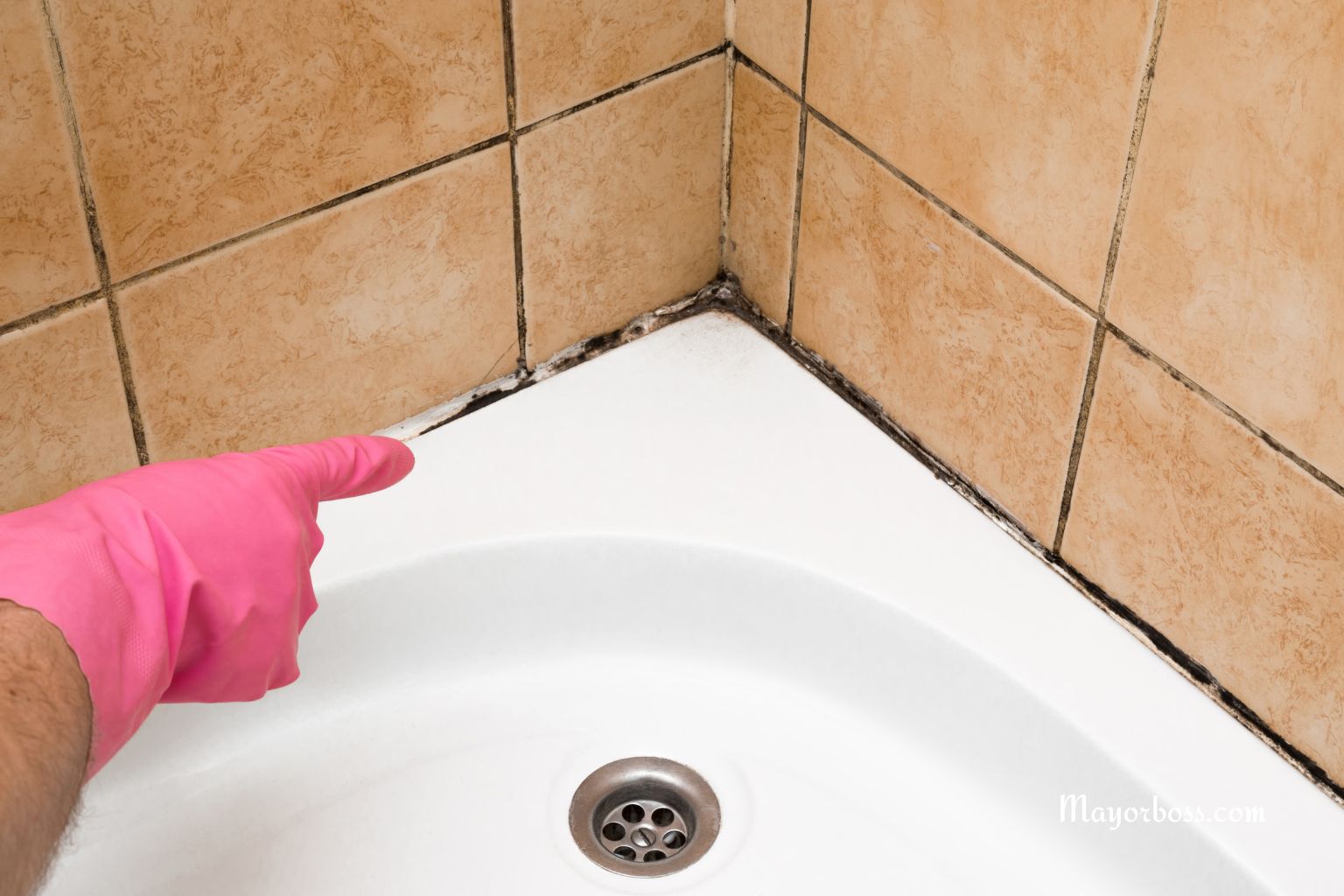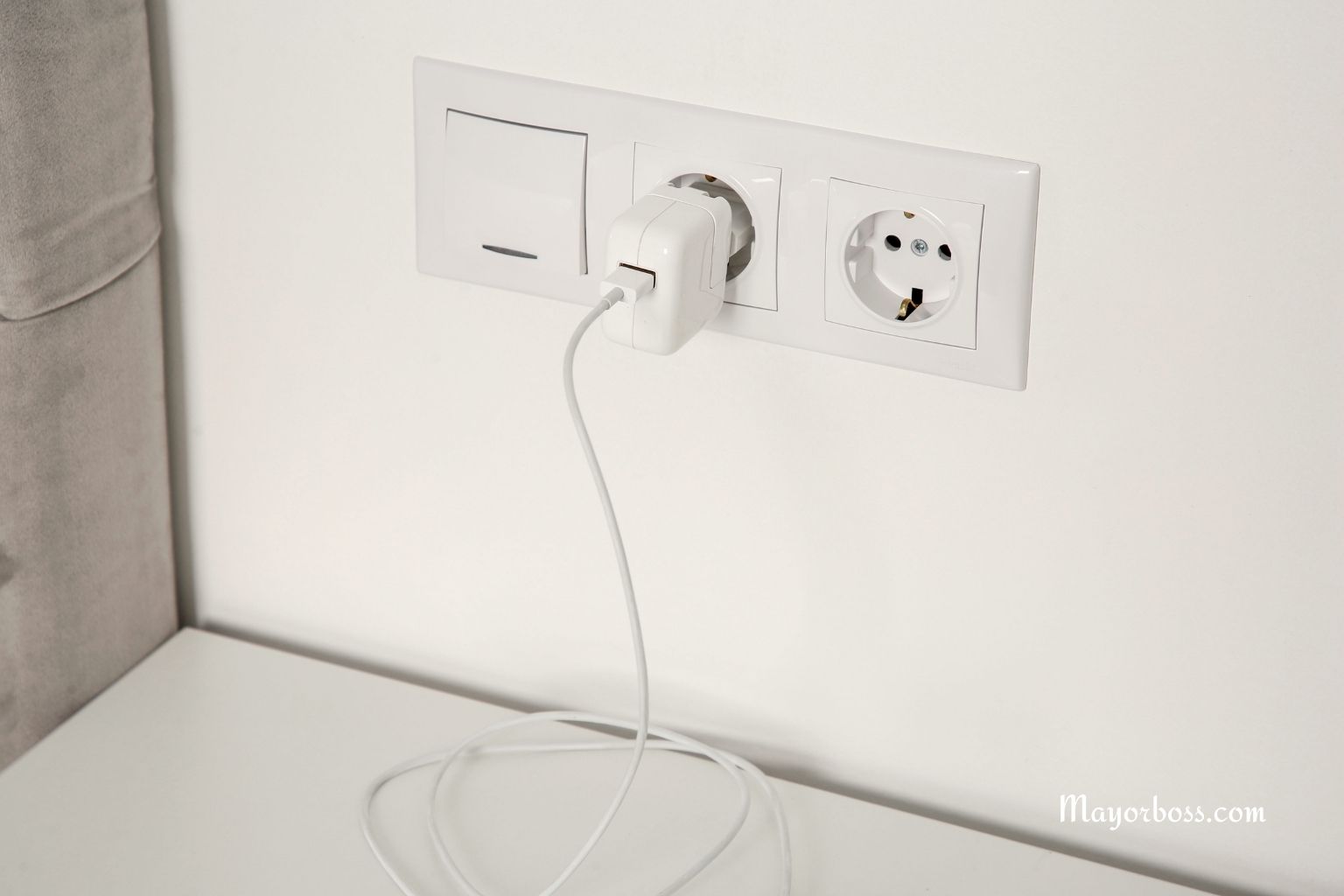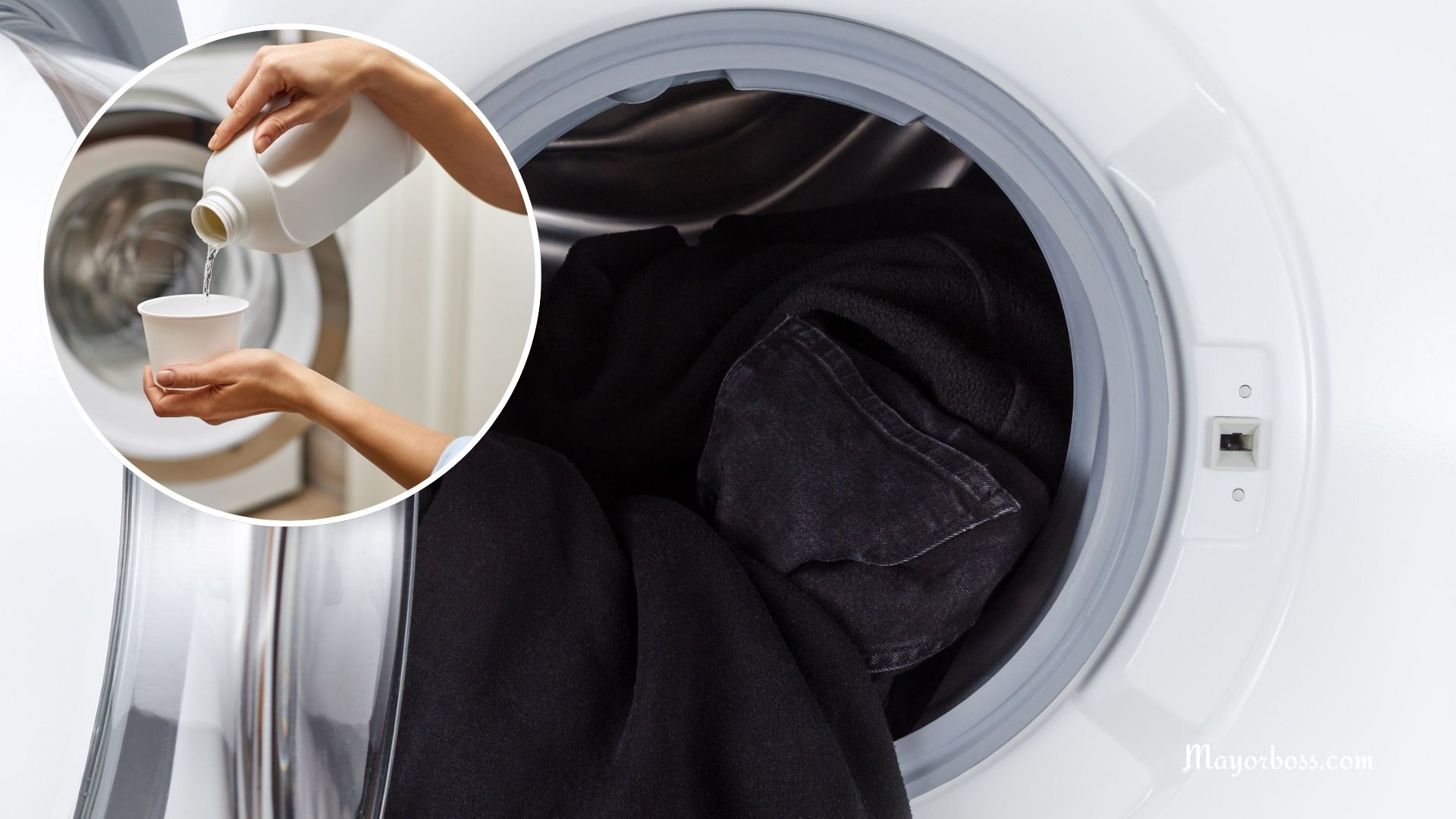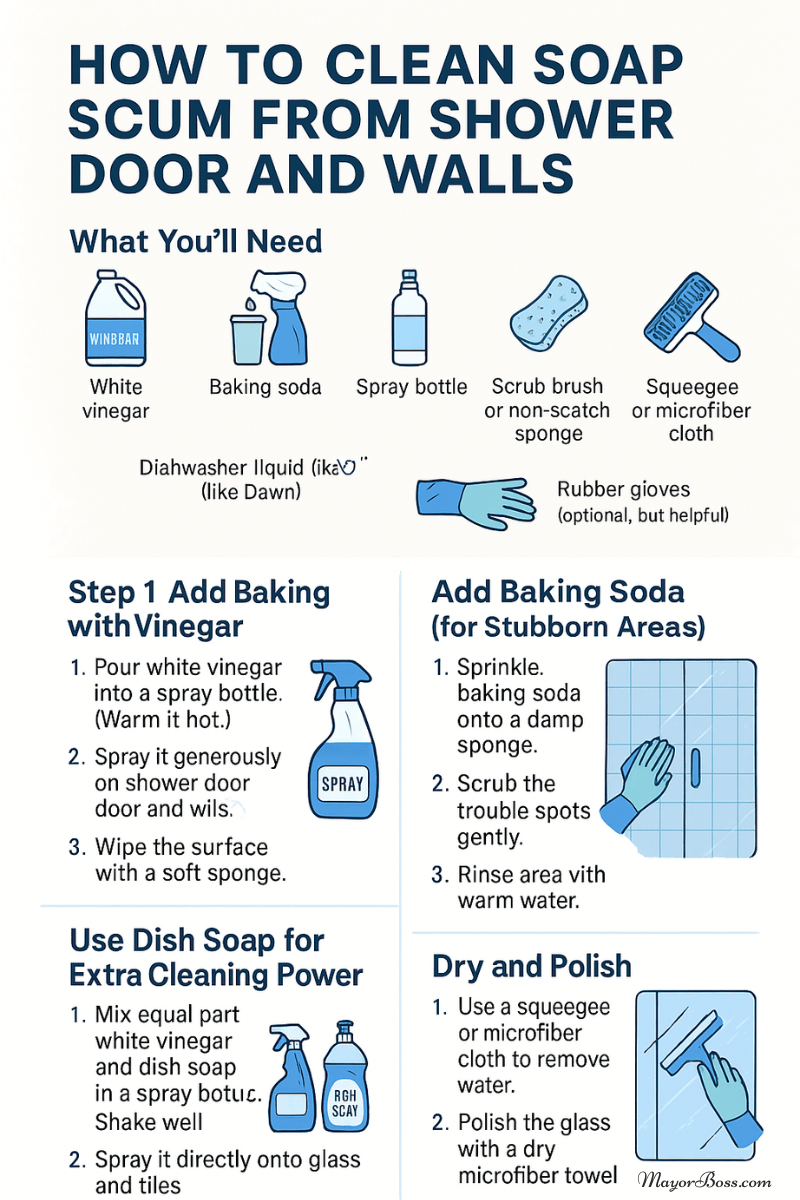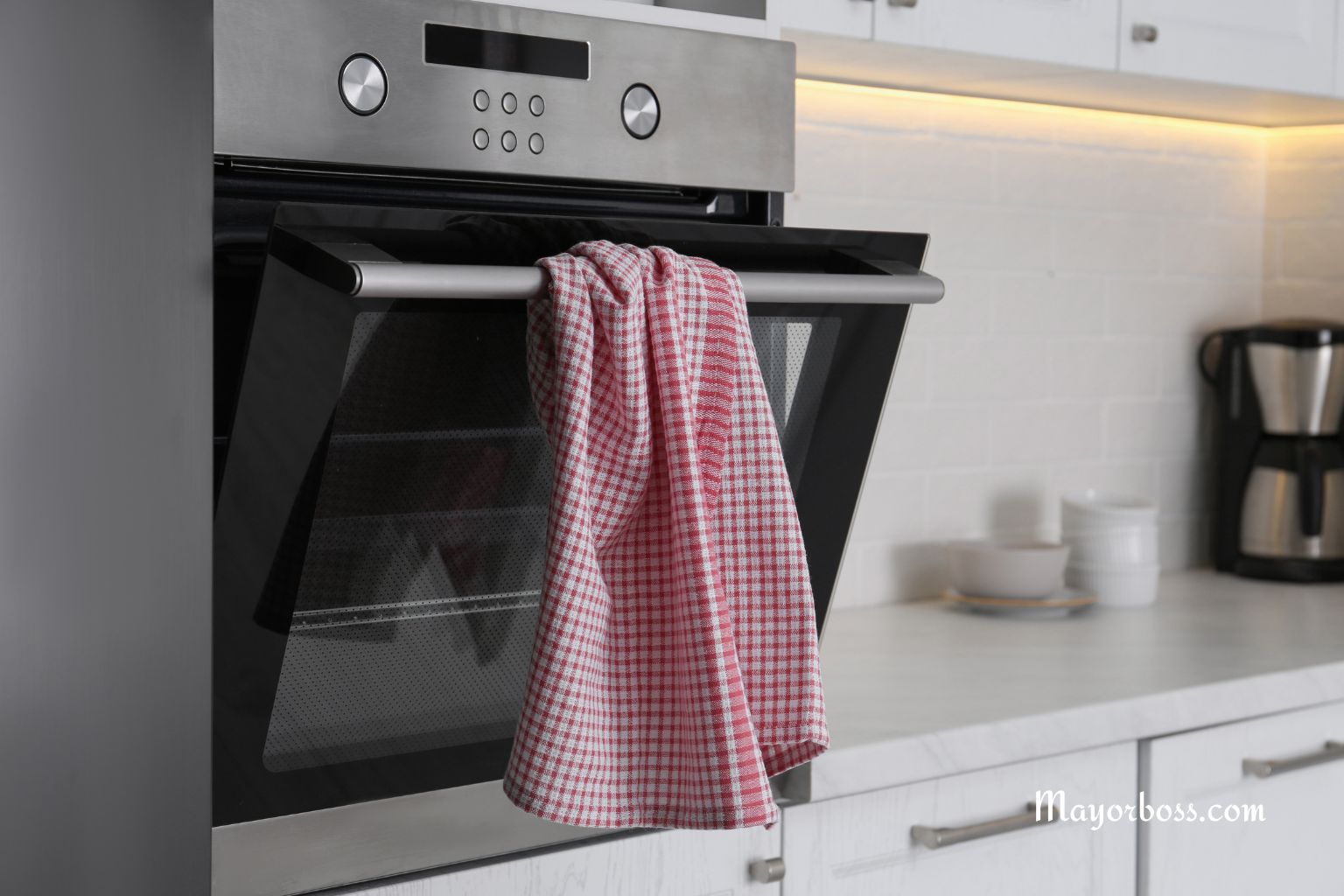How to Get Rid of the Urine Smell in Your Clean Bathroom
Why does the odor linger? You scrubbed the bowl, mopped the floor, and wiped every surface—yet a sharp ammonia scent still greets you. Urine contains urea, which breaks down into ammonia crystals that cling to grout, plastic, fabric, and even air vents. Soap and water alone often fail to dissolve these crystals. Tackling the smell demands a targeted approach.
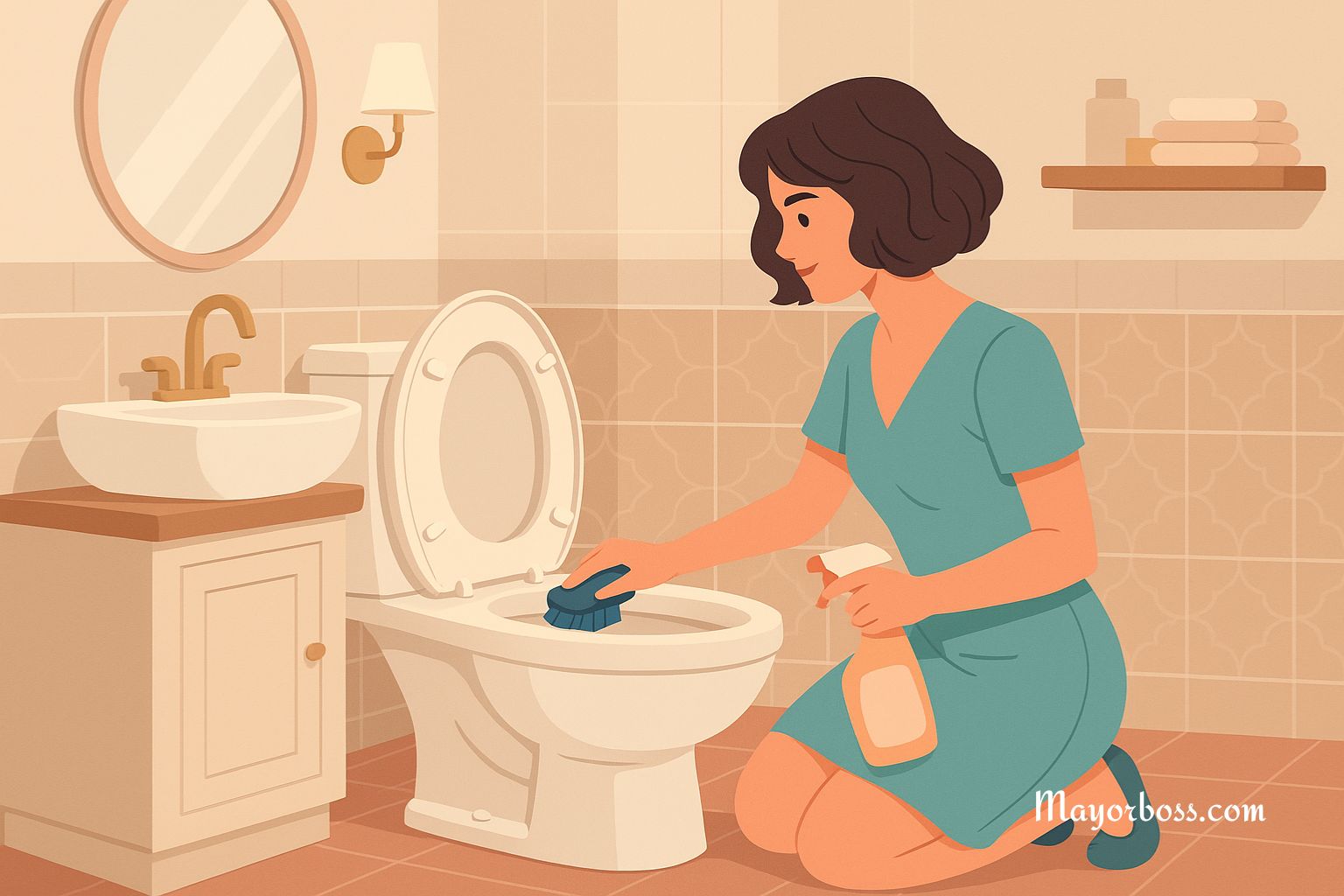
Quick Checks First
- Inspect the toilet base. Mineral scale lets urine seep underneath the bowl’s seal. A loose bolt or worn wax ring can also allow leaks.
- Check the floor. Porous grout, cracked tiles, and trending vinyl plank seams can trap fluid.
- Look at nearby fabrics. Bath mats, towels, and even shower curtains absorb odor.
- Examine the trash can and diaper pail. A single soggy wipe can taint an entire room.
Find the source before you clean; guessing wastes effort.
Deep-Clean the Bowl and Seat
Step 1: Empty the water line. Shut the supply valve, flush once, then plunge excess water into a bucket. A drier bowl lets cleaners cling.
Step 2: Coat with an enzymatic gel. Enzyme cleaners digest urea crystals instead of masking them. Spread the gel over the rim, under the seat, and into bolt caps. Let it sit for at least 15 minutes.
Step 3: Scrub with a stiff brush. Reach under the rim and inside the siphon jet. Rinse once.
Step 4: Disinfect the exterior. Spray the tank, handle, hinges, and surrounding wall with a hydrogen-peroxide cleaner. Wipe after three minutes.
Refresh the Floor and Grout
- Mix one cup of 3% hydrogen peroxide with two tablespoons of baking soda in a spray bottle. The solution fizzes on contact, lifting ammonia.
- Saturate tile seams, the toilet’s anchor points, and any laminate edges.
- Wait ten minutes, then scrub grout lines with a toothbrush.
- Rinse with warm water and dry with a microfiber cloth. Moist surfaces breed odor.
Stubborn Spots on Vinyl Floors
Place a folded paper towel soaked in white vinegar over the spot for 30 minutes, then wipe. Vinegar’s acetic acid neutralizes ammonia without ruining the finish.
Treat Soft Surfaces
- Machine-wash mats and towels in hot water with a cup of white vinegar during the rinse cycle.
- Sprinkle baking soda on rugs that cannot be laundered. Vacuum after an hour.
- Steam-clean drapes or fabric shower curtains using a handheld steamer; high heat breaks odor bonds.
Neutralize the Air
- Ventilation. Run the exhaust fan for 30 minutes after cleaning and after each shower.
- Activated charcoal sachets in corners absorb lingering gases for weeks.
- DIY citrus spray: Combine one cup distilled water, two teaspoons rubbing alcohol, and ten drops of lemon essential oil in a mister. Spritz the air, not surfaces.
Prevent Future Odor
| Habit | Why It Works |
|---|---|
| Wipe the rim after each flush | Stops drips from drying into crystals |
| Close the lid before flushing | Reduces aerosol spread |
| Replace wax ring every five years | Prevents seepage under the bowl |
| Teach children proper aim | Fewer splashes on the floor |
| Wash bath mats weekly | Soft fabrics trap scent |
What If the Smell Returns?
Persistent odor after a deep clean hints at hidden causes:
- Damaged wax ring: A damp stain around the base suggests a slow leak. Replace the seal.
- Porous subfloor: Older wood under tile may have absorbed urine. Professional drying and sealing may be required.
- Ventilation failure: A blocked exhaust duct traps humid, smelly air. Clear lint and dust or install a stronger fan.
Final Thoughts
Removing urine odor requires more than a quick wipe. Target urine crystals with enzyme or peroxide cleaners, soak porous materials, and improve airflow. Consistent upkeep keeps the bathroom fresh, hygienic, and welcoming—no harsh chemical fog, no lingering shame.

